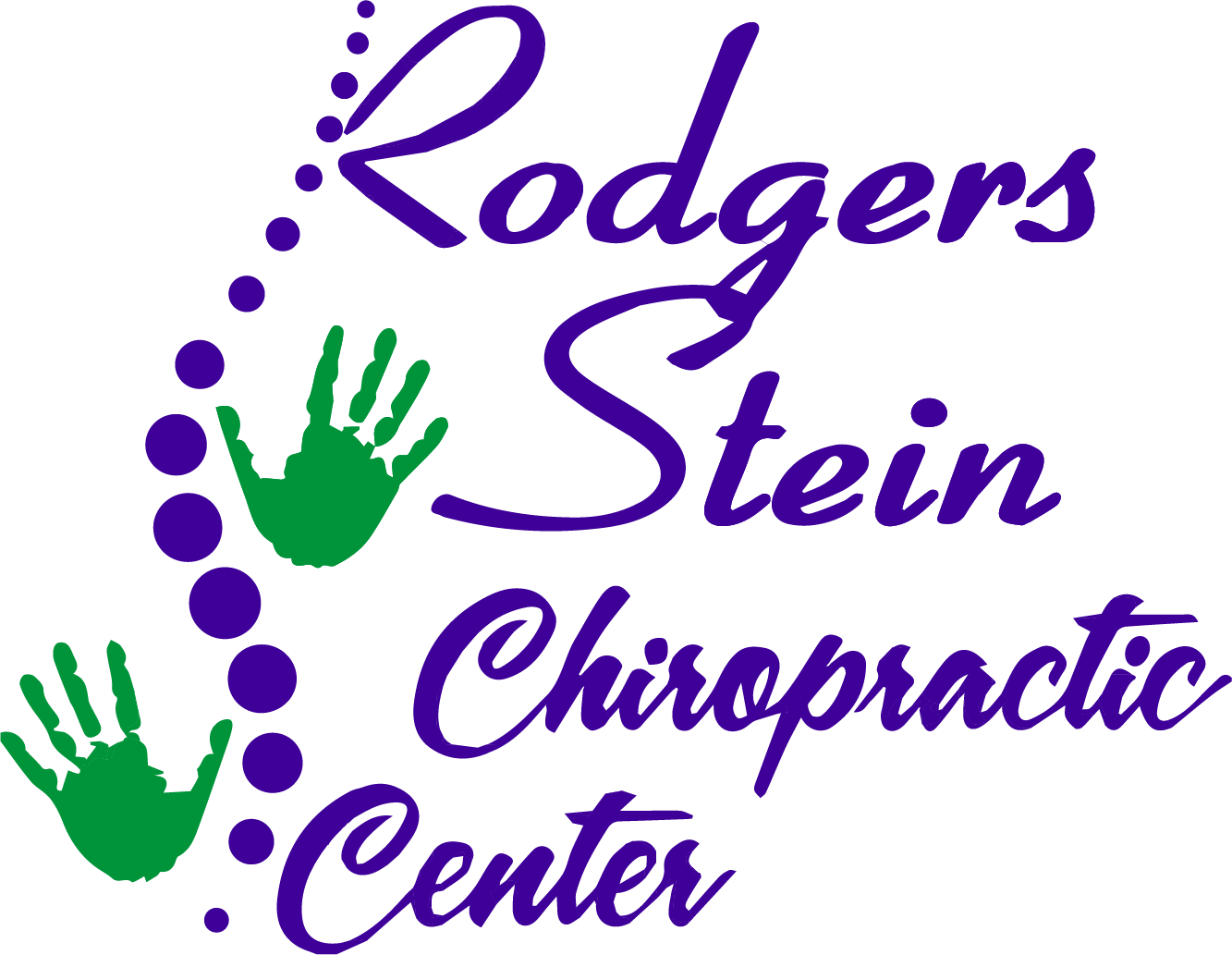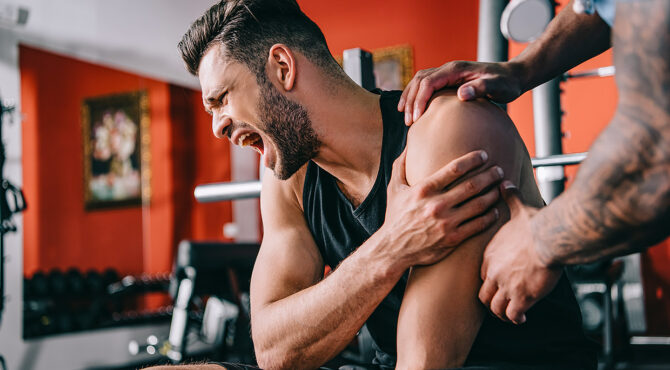If you're looking to improve your joint flexibility and overall movement, you might want to reflect on a few key strategies that can make a significant difference in your routine. Regular stretching, dynamic warm-ups, and practices like yoga or Pilates can all play a role in enhancing your flexibility. Additionally, incorporating strength training and proper hydration is essential for joint health. But there's more to it—understanding how to balance these elements effectively can lead to greater benefits than you might expect. Let's explore what these tips entail and how you can seamlessly integrate them into your life.
Stretch Regularly
To enhance your joint flexibility, make it a habit to stretch regularly—aim for at least three to four times a week. Consistency is key when it comes to improving flexibility, so setting a schedule can help you stay committed. Choose a time that works best for you, whether it's in the morning, during lunch, or right before bed.
Incorporate a variety of stretches targeting different muscle groups and joints. Focus on areas like your shoulders, hips, and knees, as these joints often bear the brunt of daily activities. Hold each stretch for at least 15 to 30 seconds, and remember to breathe deeply; this helps your muscles relax and enhances the effectiveness of the stretch.
Listen to your body. If you feel pain or discomfort, ease off the stretch and find a position that feels comfortable. It's crucial to differentiate between a good stretch and pain, as pushing too hard can lead to injury. You can also combine static stretches with dynamic ones to further improve your flexibility over time.
Consider incorporating yoga or Pilates into your routine, as these practices emphasize stretching and can greatly enhance your overall flexibility.
You might find it helpful to track your progress, noting how your flexibility improves with regular stretching. By making stretching a priority, you'll not only enhance your joint flexibility but also improve your overall mobility, making daily activities more enjoyable and less strenuous.
Incorporate Dynamic Warm-ups
Incorporating dynamic warm-ups into your routine can greatly boost your joint flexibility and prepare your body for physical activity. Unlike static stretching, dynamic warm-ups involve movement and help increase blood flow to your muscles while enhancing your range of motion. You'll not only feel more limber, but you'll also reduce the risk of injury during your workouts.
Start with exercises that mimic the movements you plan to perform. For instance, if you're heading out for a run, include leg swings, high knees, or butt kicks. These movements activate your hip joints and improve your leg flexibility.
Similarly, if you're preparing for upper body workouts, consider arm circles or torso twists to loosen up your shoulders and spine.
Aim for a warm-up that lasts about 5 to 10 minutes. Gradually increase the intensity of your movements to elevate your heart rate while keeping your joints engaged. This approach guarantees your body adapts gradually and effectively.
Remember to listen to your body during these warm-ups. If you feel any discomfort or tightness, modify the movements or scale back the intensity. It's crucial to prioritize proper form over speed or range of motion.
Practice Yoga or Pilates
Practicing yoga or Pilates can greatly enhance your joint flexibility while promoting mindfulness and body awareness. Both practices focus on controlled movements, deep breathing, and proper alignment, which are vital for improving flexibility. You'll find that regular sessions can help increase the range of motion in your joints, making everyday activities easier and more comfortable.
In yoga, various poses target specific muscle groups and joints, allowing you to stretch and strengthen your body simultaneously. For example, poses like Downward Dog or Warrior II can open up your hips and shoulders, enhancing mobility. As you hold each position, you'll develop a greater awareness of your body, helping you understand where you might need to work on flexibility.
Pilates, on the other hand, emphasizes core strength and stability, which is fundamental for joint health. By engaging your core, you support your joints, reducing the risk of injury while enhancing flexibility. Exercises like the Spine Stretch or the Saw promote spinal mobility and hip flexibility, ensuring that your joints are well-supported during movement.
To get started, consider joining a class or following online tutorials. Pay attention to your body's signals, and never push yourself too far too quickly. Consistency is key, so aim for at least two to three sessions per week.
Over time, you'll notice significant improvements in your flexibility, making your movements smoother and more fluid, while also fostering a deeper connection with your body.
Use Foam Rollers
Foam rollers can be a game-changer for improving joint flexibility and overall muscle recovery. By incorporating foam rolling into your routine, you can relieve muscle tension and enhance blood flow, which ultimately contributes to better flexibility.
You might be surprised at how effective this simple tool can be in preparing your body for movement and aiding recovery after workouts.
When you foam roll, you're not just loosening tight muscles; you're also helping to break down stubborn knots and adhesions in the fascia surrounding your muscles. This process, known as self-myofascial release, allows your joints to move more freely, reducing discomfort and enhancing performance.
Here are a few emotional benefits you might experience:
- Relief from chronic pain – Say goodbye to those pesky aches that hold you back!
- Increased mobility – Feel more agile and ready to tackle any activity.
- Improved workout recovery – Bounce back faster, ready for your next challenge.
- Heightened relaxation – Experience the soothing effects after a long day.
- A sense of accomplishment – Celebrate each small victory in your flexibility journey.
To get started, simply roll over the targeted muscle groups, applying gentle pressure and breathing deeply.
Spend extra time on sore spots, and remember to listen to your body. Foam rolling can be a transformative practice, allowing you to move more freely and confidently.
Embrace this simple yet powerful tool, and watch how it elevates your joint flexibility and overall well-being!
Focus on Strength Training
Strength training is an important component of enhancing joint flexibility and overall fitness. By building strength in the muscles surrounding your joints, you can improve stability and support, which helps prevent injuries and enhances your range of motion. When you focus on strength training, you're not just bulking up; you're creating a solid foundation that allows your joints to move more freely.
To start, incorporate exercises that target multiple muscle groups. Compound movements like squats, deadlifts, and push-ups engage various muscles, promoting coordination and balance. This holistic approach helps guarantee that all your joints benefit from increased strength, making flexibility gains more achievable.
It's also vital to maintain proper form during strength training exercises. Poor technique can lead to injuries and limit your ability to move effectively. Consider working with a trainer or utilizing instructional videos to make sure you're executing each movement correctly.
As you progress, gradually increase the weight or resistance, but listen to your body. If you feel any discomfort, reassess your form or reduce the load.
Additionally, incorporate exercises that emphasize eccentric movements, where muscles lengthen under tension. These can improve joint flexibility while also building strength.
Remember to include a mix of both dynamic and static stretches post-workout to further enhance flexibility.
Stay Hydrated
Water is essential for maintaining joint health and flexibility. When you're well-hydrated, your joints benefit from proper lubrication, which reduces friction and helps prevent stiffness. Dehydration can lead to discomfort and diminished range of motion, making everyday activities feel burdensome.
By prioritizing hydration, you're investing in your overall mobility and quality of life.
Here are some emotional reminders of why staying hydrated matters:
- Feel more energetic: Proper hydration boosts your energy levels, making it easier to stay active throughout the day.
- Reduce pain: Sufficient water intake can alleviate joint pain, helping you move freely without discomfort.
- Enhance performance: When you're well-hydrated, you can perform better in workouts and daily tasks, improving your overall physical ability.
- Support recovery: Staying hydrated aids in muscle recovery, allowing you to bounce back quicker from any activity.
- Improve mood: Dehydration can affect your mood and mental clarity, so drinking enough water helps keep your spirits high.
To stay hydrated, aim to drink at least eight 8-ounce glasses of water a day, adjusting based on your activity level and climate. Incorporating hydrating foods like fruits and vegetables can also contribute to your daily intake.
Pay attention to your body; if you feel thirsty or notice darker urine, it's a sign you need more water. By making hydration a priority, you're taking an essential step toward enhancing your joint flexibility and maintaining an active lifestyle.
Maintain a Healthy Diet
While staying hydrated is essential, maintaining a healthy diet is equally important for joint flexibility and overall wellness. The foods you consume directly impact your body's ability to function effectively, including your joints. A diet rich in anti-inflammatory foods, vitamins, and minerals can help you maintain the flexibility you desire.
Start by incorporating plenty of fruits and vegetables into your meals. Leafy greens, berries, and cruciferous vegetables like broccoli are packed with antioxidants that fight inflammation.
Don't forget healthy fats, too! Foods like avocados, nuts, seeds, and fatty fish, such as salmon, provide omega-3 fatty acids that can reduce joint stiffness and pain.
You should also consider your protein sources. Lean meats, legumes, and plant-based proteins are essential for muscle repair and maintaining your joint health.
Be cautious with processed foods, sugars, and excessive salt, as these can contribute to inflammation and make your joints feel stiff.
Another key aspect is calcium and vitamin D. These nutrients are important for bone health and can be found in dairy products, fortified plant milks, and fatty fish. If you're not getting enough from your diet, supplements may be worth considering.
Lastly, remember that moderation is key. A balanced diet that includes a variety of nutrients will support your joints and enhance your overall well-being.
Conclusion
By integrating these tips into your routine, you'll considerably improve your joint flexibility and overall movement. Regular stretching, dynamic warm-ups, and practices like yoga or Pilates will keep your joints healthy and agile. Don't forget to incorporate foam rolling and strength training to support your progress. Staying hydrated and eating a balanced, anti-inflammatory diet will further enhance your results. Embrace these habits, and you'll feel the difference in your flexibility and mobility in no time!



